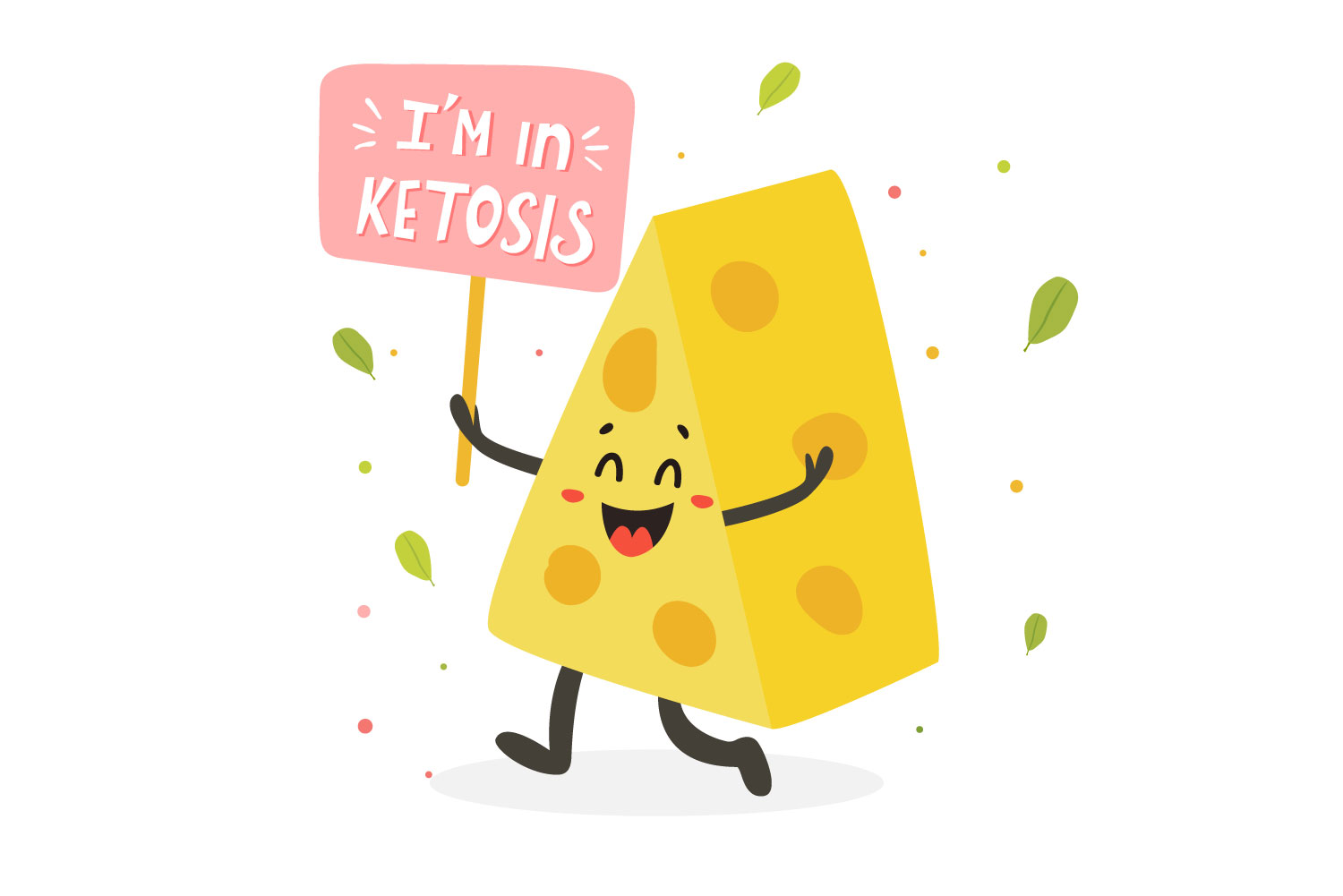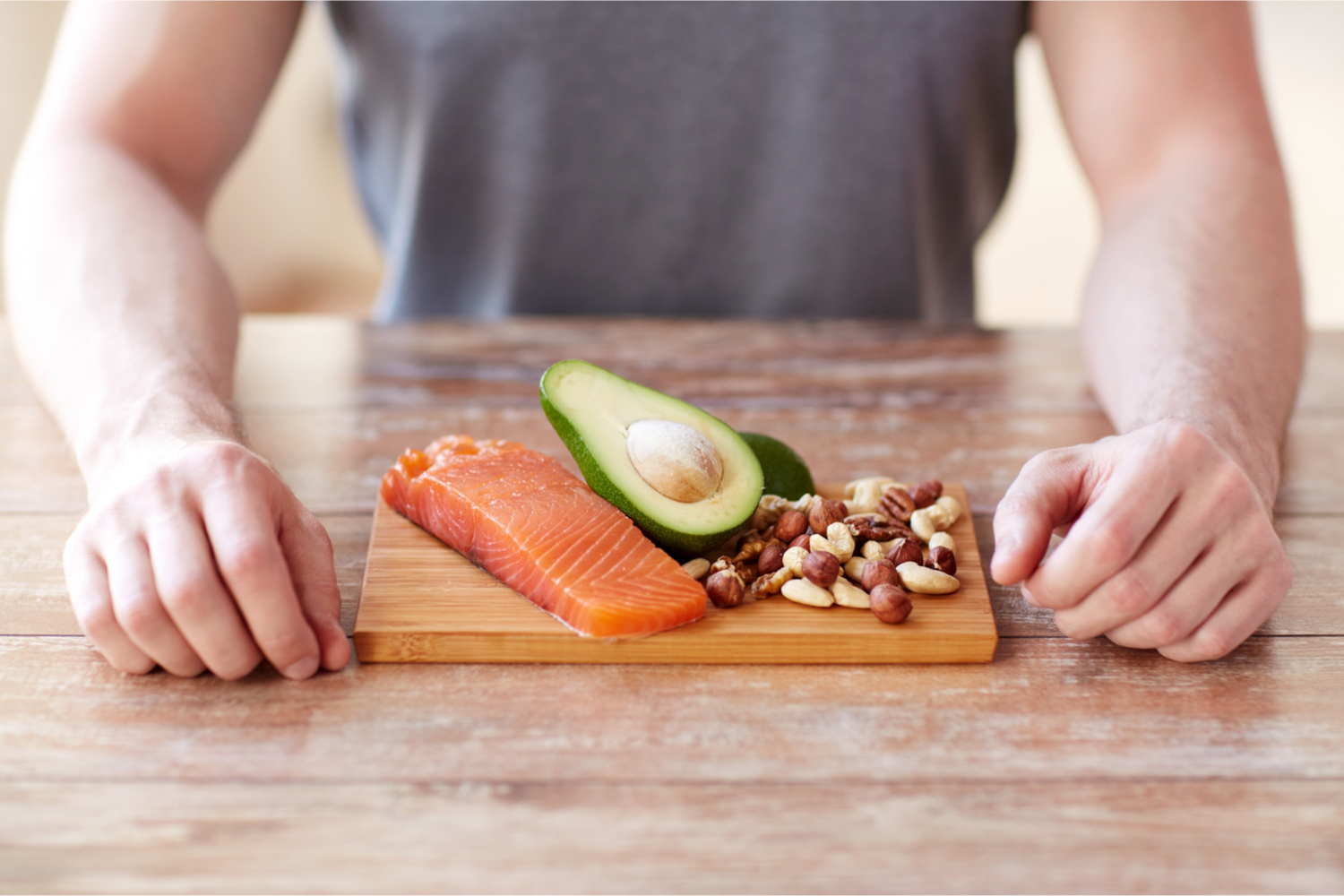SUMMARY
Is intuitive eating right for you? This approach to eating encourages you to listen to your body’s cues regarding hunger and fullness.
With many diets, it’s easy to get bogged down in calorie counting and macro balancing.
Intuitive eating takes a much different approach. This isn’t a diet per se; it’s more a general approach to food and nutrition that’s geared toward getting you to pay attention to your body’s natural wisdom.
Our bodies have ways of letting us know when we should eat and when we are full. Intuitive eating principles state that we are experts of our bodies. These principles are geared toward helping us get in touch with the messages our bodies give us regarding food and nutrition.
Intuitive eating has the power to radically simplify and transform your relationship with food.
Ready to learn more? In this article, we will:
- Define intuitive eating
- Explain the difference between physical and emotional hunger
- Give a brief history of this approach to food
- List key intuitive eating principles
- Discuss some pros and cons of this lifestyle
- Share tips on how you can make intuitive eating work for you
What is intuitive eating?

Most of us have rigid ideas about when we should eat. There’s breakfast in the morning, lunch at noon and dinner in the evening.
Intuitive eating is an eating style that ignores these traditions and takes a looser, less structured approach to the timing of our meals. It’s based on following the natural impulses of your body. This approach encourages you to eat when you are hungry and stop eating when you are full.
Many diets and eating plans encourage you to trust the wisdom of experts and embrace highly structured approaches to food that put you on a very regimented path. The key philosophy behind intuitive eating is that it’s best to use your own inner knowledge when deciding when and how much to eat.
For this to work, though, you have to put some work into retraining your body. Intuitive eating states that there are two types of hunger: physical and emotional. For this approach to bear fruit, you have to learn how to distinguish between the two.
Though intuitive eating is less structured than dieting, it’s more involved than you might think. Intuitive eating isn’t simply a matter of eating whatever you want when you want it. That type of eating is best described as anarchic eating, and it can create weight gain and health issues.
Instead, intuitive eating encourages you to govern what you eat based on your own internal cues and guidance. You look within to structure your eating plan, instead of turning to meal plans and other external sources.
Physical vs. emotional hunger

To be an intuitive eater, you have to be able to separate physical hunger from emotional hunger. So, what’s the difference between the two? Let’s find out.
Physical hunger
Physical hunger is true hunger that’s based on biological urges.
The body lets us know when it needs food and nourishment. It provides hunger cues such as a growling stomach. Some of us may feel wiped out and fatigued when we are overdue for a meal. And some may get unusually cranky and irritable.
These are all signs of genuine physical hunger, and they indicate that the body has a need for food.
Emotional hunger
On the other end of the spectrum, there’s emotional hunger. This type of hunger is behind much of the eating that we do here in the United States.
Emotional hunger is driven by your mind state, and it comes from a place of emotional need. The emotions that drive this type of hunger run the gamut. Boredom is certainly at the top of the list; many of us eat simply to kill time or to create an entertaining distraction when there’s nothing else to do. Some of us turn to food to help alleviate moments of sadness or despair. And stress is a big factor in emotional eating; many people turn to food when they are under pressure at home or at work. Finally, peer pressure can play a role; many of us eat in social settings simply because it’s expected of us.
Food cravings are often driven by emotional hunger. For example, many people crave comfort food when they are experiencing moments of stress or sadness.
History of intuitive eating

It’s useful to get some backstory on how intuitive eating principles were created.
This approach to food has been around for some time in one form or another. However, it claimed the spotlight in the 1990s, after a book called Intuitive Eating: A Revolutionary Program That Works was published.
The book was written by dietitians Evelyn Tribole and Elyse Resch, and it was aimed at people who were dissatisfied with chronic dieting, restrictive diets and diet culture in general. These dietitians believed that strict diet rules and an oppressive diet mentality often led to an eating experience marked by binge eating, overeating, uncontrollable cravings and disordered eating behavior.
They proposed scrapping each food rule and replacing that paradigm with an approach to eating that focuses on paying attention to fullness cues, satiety cues and genuine hunger. In the form popularized by these dietitians, the intuitive eating approach isn’t geared toward the pursuit of intentional weight loss. Rather, an intuitive eating practice is focused on helping you create habits that discourage eating disorder issues and foster a healthy relationship with food.
Intuitive eating principles

Here are the 10 intuitive eating principles established by dietitians Evelyn Tribole and Elyse Resch:
1. Reject the diet mentality
This calls on you to shift your eating behavior away from restrictive diets focused on weight loss. Replace this diet mentality with a more natural and organic approach to eating.
2. Honor your hunger
Hunger is the body’s way of letting us know when we need food. It serves a vital purpose, and it can act as an effective tool in helping us know when it’s time to eat. If you listen to your body’s hunger cues and act on them, you’re more likely to make healthy food choices.
3. Make peace with food
This intuitive eating principle encourages you to remove restrictions on what you should and should not eat. The thinking here is that if you bar yourself from having certain foods, the craving will intensify, and you’ll eventually give in to your urges by binging. You can prevent this type of disordered eating by giving yourself permission to eat the foods that you want.
4. Challenge the food police
Our eating habits are governed by rules about appropriate foods and ideal calorie intake. This intuitive eating principle suggests that you leave these ideas behind and take a more open-minded approach to the food on your plate.
5. Discover the satisfaction factor
Eating can be pleasurable and satisfying when we choose foods that we really want. Selecting satisfying foods can help us feel more satiated after our meals, and this can lead to healthier eating habits.
6. Feel your fullness
Many of us rush through our meals without paying attention to our bodies. This principle proposes mindful eating that has us listening to the satiety cues that our bodies provide. By taking a slower and more mindful approach at mealtime, we’re in a better position to let fullness cues inform us when it’s time to stop eating.
7. Cope with your emotions with kindness
When it takes the form of emotional eating, food is used to help us manage our emotions. It can provide a sensation of numbness and distract us from uncomfortable feelings. But emotional eating can make us feel worse in the long run, and it can create undesirable health consequences. It’s better to address the issues that are at the heart of your emotional eating.
8. Respect your body
Body acceptance is a big part of the intuitive eating principles put forth by Tribole and Resch. This paradigm encourages us to accept our bodies and treat them with dignity.
9. Movement – feel the difference
Many of us take a regimented approach to exercise. Instead of spending time at the gym, this approach encourages us to instead focus on increasing our level of physical activity in our daily activities.
10. Honor your health – gentle nutrition
By encouraging a goal of gentle nutrition, this principle suggests that you strike a balance between eating healthy foods and foods that you love.
Intuitive eating benefits

Intuitive eating provides these benefits:
1. Simplifies eating and meal planning
Between the macros and the calorie counting, eating these days can get pretty complicated. Intuitive eating encourages you to leave that paradigm behind for a simpler and more organic approach.
2. Good for your mental health
Placing yourself on a strict eating plan can be psychologically draining. Research shows that intuitive eating provides psychological benefits that can make you feel more at peace with your body and your food choices.
A 2014 study concluded that participants who practiced intuitive eating experienced less depression, less anxiety, improved self-esteem and better quality of life than those on traditional diet programs.
3. Supports weight maintenance
Weight maintenance can be challenging for many. Certain changes that often come with aging can make it easy for us to gain weight.
The research that’s been done on intuitive eating points to its ability to help us maintain a stable weight.
4. Supports healthy BMI
BMI stands for body mass index, and it’s a measurement that factors in your weight and your height. It’s used as a marker for identifying weight classes such as obesity.
Studies show that intuitive eating is linked with lower BMI. As such, it can be a useful tool for people seeking to keep their BMI within a healthy range.
5. High retention rates
How many times have you started a new eating plan only to abandon it completely after a couple of months?
Many diets have poor retention rates. In many cases, people get on board for a few months, and reap some benefits. But they eventually abandon the diet after a while. When this happens, the benefits they experienced are typically reversed, and they find themselves right back where they started.
Research shows that intuitive eating has high retention rates. Compared to those on a typical diet, people who are following intuitive eating practices are more likely to stick with this approach for a longer period of time. This makes it possible to realize long-term benefits from this way of eating.
Intuitive eating drawbacks

This approach comes with certain drawbacks:
1. Not the best choice for weight loss
If you’re firmly focused on weight loss, intuitive eating may not be the best plan for you. Though this approach can help you maintain a healthy weight, studies show it’s less effective when it comes to promoting weight loss.
2. Not the best choice for weight gain
What if you want to gain weight and gain muscle?
If you want to build muscle and strength, you may need to get used to eating more food than you may want. This involves overriding fullness cues to reach a certain calorie count. That way of eating is directly opposed to intuitive eating.
How to make intuitive eating work for you

Here are some tips you can use to make intuitive eating work for you:
1. Customize intuitive eating to suit your needs
Intuitive eating in its purest form is very unstructured, but you don’t have to adhere to the version of this eating plan put forth in the popular book. If you have specific health requirements and fitness goals, you can create a customized approach that incorporates certain intuitive eating principles.
For example, if you want to lose body fat, you may need to balance intuitive eating with an approach that takes calorie intake into consideration. And if you have a health challenge such as diabetes, you can incorporate intuitive eating with food choices that take your condition into account.
2. Know the value of protein
Intuitive eating encourages us to listen to our body’s fullness and satiety cues. However, it’s important to remember that certain foods are more satiating than others. Studies show that meals high in protein work best for creating a sense of fullness. In so doing, they can provide great support on your intuitive eating journey.
3. Choose healthy whole foods
Some intuitive eating principles support the idea of including all types of food within this eating plan. That may not be the best approach for you if you have specific health and wellness goals.
Whole foods are the healthiest choice you can make when it comes to your nutrition; consider focusing your intuitive eating approach around foods that fall within this category. You have a diverse range of whole foods to choose from, so building your eating plan around these choices isn’t likely to leave you feeling restricted.
Next steps
Make a trip to your grocery store to stock up on healthy whole foods. Taking a whole-food-oriented approach to nutrition can help make your intuitive eating journey more fruitful.
Get the nutrition your body craves by subscribing to Fresh N Lean. Our meal plans range from vegan to keto, and we conveniently deliver our organic cuisine straight to your door.
Fresh N Lean is the nation’s largest organic meal delivery service. Our tasty, chef-prepared cuisine is always fresh and never frozen, and we offer convenient meal plans like Protein+, Keto, Paleo, Standard Vegan and Mediterranean. Choose Fresh N Lean for affordable nutrition, delivered to your doorstep.




